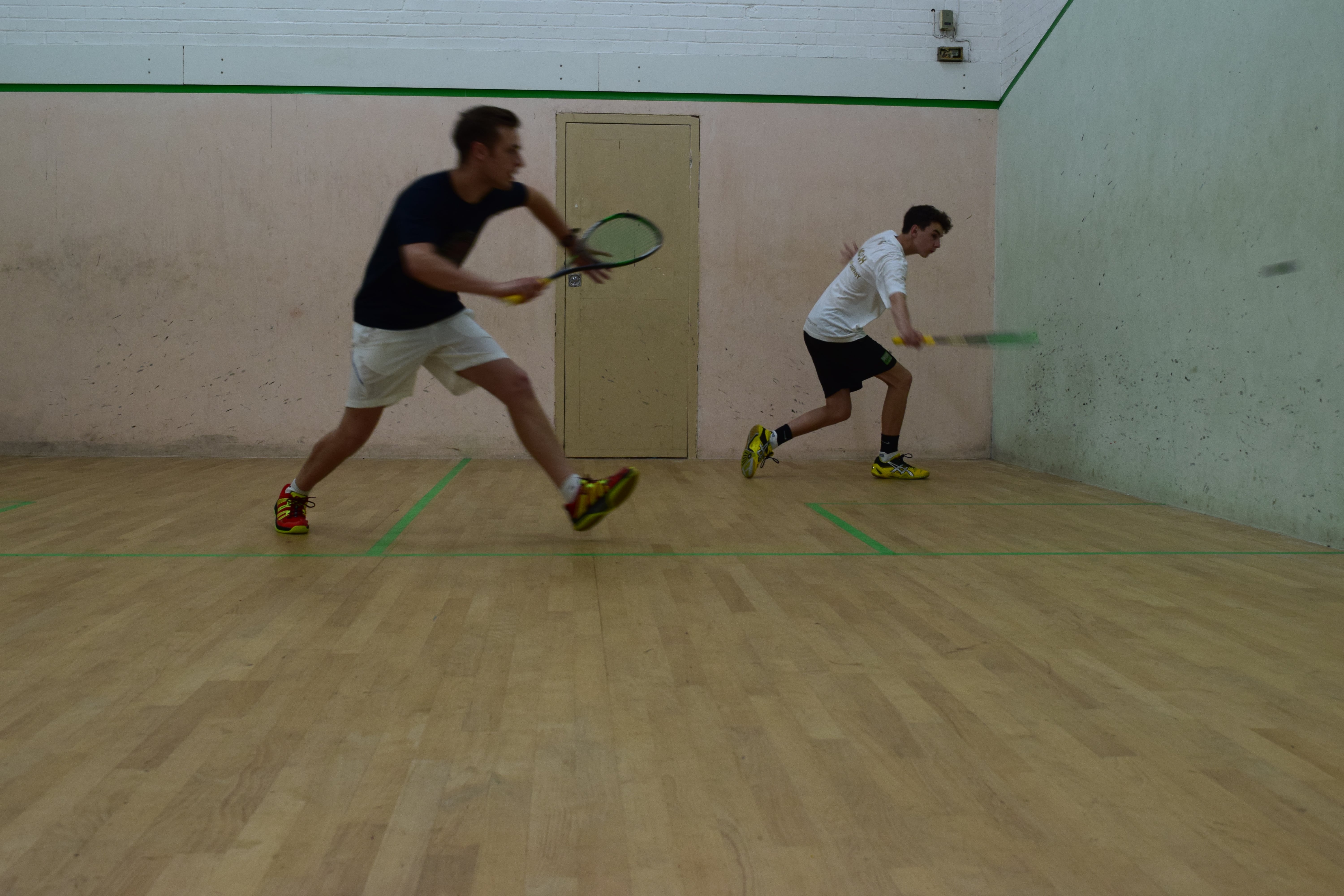The key thing when playing someone who retrieves the ball very well is patience. It is very natural to try and make your shots even better and go for the spectacular ones to win the rally; to try and hit drops a little lower, or attempt shots that aren’t really on. However, this strategy will typically lead to errors and therefore increased frustration for you.
Expect them to return your shots
The mindset necessary to beat someone like this is to expect them to get all of your shots back. Do not be disturbed if they retrieve a shot which would normally win a rally. If they return your shot, then you simply play another one, and another one, and another one, until the rally is over. Be prepared for this to last several games; if they are retrieving a lot, it is likely they retrieve a lot in matches in general and so they will have a high level of fitness from all the running they do.
Your aim is to keep them moving. You need to keep playing quality shots and going short when the time is right – as you need to make the court big for good retrievers by hitting the ball into open spaces – but without trying to hit the winning shot. This can be a fine balance though, as you don’t want to play drops or other attacking shots too high either in attempting to avoid making a mistake.
Deal them a mental blow by remaining unbothered by their retrieving
If you expect them to return every shot, you will not only prepared for them to return the shot mentally, you would also be prepared positionally as you’ll already be moving ready for them to get the ball back. If they don’t return the ball, it is a bonus, but always expect them to. This way you will not be rattled or concerned, which helps you mentally during the match and will also damage them mentally if they don’t think you are threatened by their retrieving.
A lot of fitness is mental, and if they start to feel mentally concerned or wearied by you prolonging the rallies and not being affected by their retrieving, it may take the energy out of them and they might struggle to keep retrieving the ball as well. As mentioned earlier, this might take one, two or even three games or more to achieve against very fit retrievers, but most players have a point where their fitness will be sapped by their mind if you can reach it.
Are their shots as strong as yours?
This is a bit of a generalisation, but if a player is relying on retrieving, they are likely to not be as accurate with their shots as other players playing at a similar level, otherwise they wouldn’t be relying on speed and fitness. If this is the case, be sure to push home your advantage. The key to this, as with a lot of things in squash, is to make sure your length is accurate and clears the service box every time. You should do this with a combination of straight drives, lobs and straight long volleys, and not rush to go short until the moment is right. This might mean not taking the earliest opportunity, but waiting for a better one to present itself, which it will if you are more accurate than them, and you allow this to show by being patient.
Using delay and putting the ball back from where it came
Good retrievers often sprint a lot, and you can use this against them. If they are sprinting a lot to get back to the T-Position, their weight will be fully committed in the direction of the T-Position, and this will make it very hard for them to slow down and change direction. For example, if they retrieve a drop shot, they will often turn and sprint back towards the T-Position, meaning they will find it very difficult to turn around and retrieve another drop shot if you play it. If they are sprinting to the T-Position from the back of the court, they will often find it hard to return to the back if you play a length again, especially if you play a long volley, which is why using that straight long volley mentioned in the last paragraph is important.
Try out our tips and let us know how you get on!

Leave a Reply